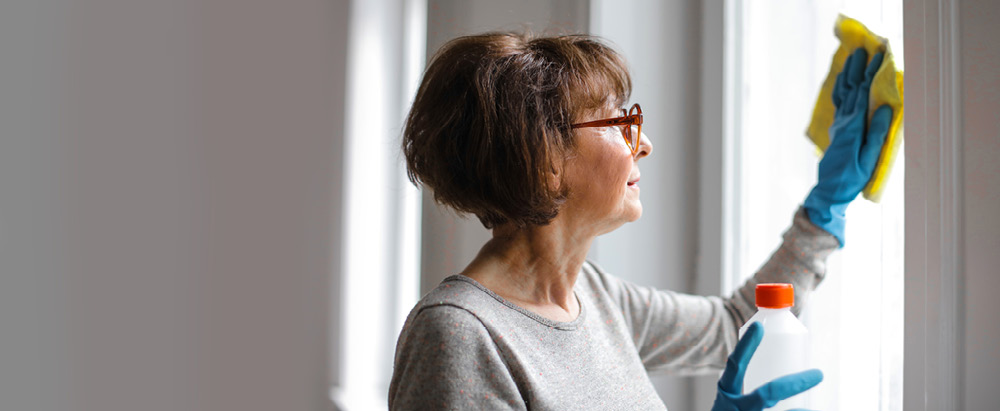5 Spring Cleaning Tips to Ease Allergies

The first official day of spring is just a few weeks away. However, tree pollen can start appearing in pollen counts as early as February in Kentucky, Indiana, Ohio, and Tennessee. Once pollen begins to bloom, those with allergies may begin to experience sneezing, itching, and other allergy symptoms. Later in the spring grass pollen will start to appear in our pollen counts causing even more to suffer.
The common signs of spring allergies are:
- Sneezing
- Runny or stuffy nose
- Red, itchy or teary eyes
- Wheezing, coughing, tightness in chest and shortness of breath
- Itching
Whether you are allergic to grass and tree pollen or even indoor allergens like dust and pet dander, spring is a good time clean out the cobwebs. If your allergies have started to act up here are five spring-cleaning tips to help reduce allergens in your home to ease your allergy symptoms:
-
Replace Furnace Filters in Your HVAC System Regularly
Once it’s warmed up outside you may be tempted to throw open the windows and let in the fresh air. However, for those with allergies, it’s best to keep them closed to keep the pollen out. This means you may be switching on the AC. Your HVAC system can filter out any allergens (dust and pet dander) that are lurking in the air ducts through its filter. When choosing a filter for your HVAC, we recommend using a high-efficiency furnace filter to reduce the number of allergens in your home. We suggest that changing your homes air filter every 90 days or so; one easy way to remember it is to start switching it out with the season change.
-
Change your Pillowcases and Sheets
Washing and changing out your bedding is another way to ease your allergy symptoms. Throughout the day you can collect pollen and other allergens on your clothes and hair, sitting on the bed or while you sleep these can transfer to your bedding. You can get rid of pollen and dust mites by washing your sheets in hot water once a week.
If dust mites are a particular problem allergy for you, consider encasing your mattress, box springs, and pillows with allergen-proof covers. Encasements can help control and minimize the allergens you come in contact with while you sleep.
-
Vacuum Carpets and Dust to Minimize Allergens
Carpets can hold in allergens, so we often recommend avoiding wall-to-wall carpeting. However, in many cases this isn’t feasible, so we recommend vacuuming weekly to help cut down on dust mites and pet dander caught in the carpet. Next dust bookshelves and other areas of your home that collect dust, you can use a microfiber or electrostatic cloth that will hold on to the dust. When cleaning, it might be beneficial to use an N95 mask to prevent yourself from inhaling any dust or allergens that get stirred up.
-
Avoid Dog, Cat, and Other Pet Allergies
During the winter, your pets may be spending more time inside the home than usual. Bathing your dog or even cats can help reduce the amount of dander they leave behind, pet allergens are found in the saliva and dander of cats and dogs. It is also a common misconception that some breeds are allergy-free. It can also help to wash your hands with soap and water after petting your dog or cat to help keep symptoms from flaring. We recommend keeping pets out of bedrooms to reduce allergens where you sleep.
-
Keep Humidity Levels Below 50%
Winter can make the air in your home dry, so many use humidifiers to add moisture back to the air. Monitoring the humidity level in your home and keep levels below 50% to discourage mold growth and can help reduce dust mites. You can use a simple humidity meter to monitor levels and use a dehumidifier if needed. We also remember to use a vent fan to remove moisture in bathrooms and the kitchen.
If your allergies get worse during the spring months, now is a great time to get tested and learn to what you are allergic. When avoidance or OTC medication has stopped working for you, it may be time to schedule an appointment with our allergists to help find relief.


